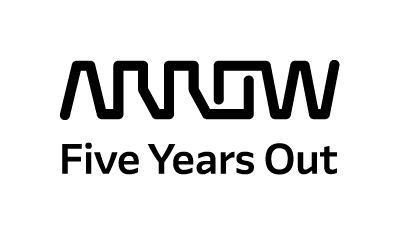P-P-P-Paper

In my recent blog “Stop. Don’t Recycle That,” I put heavy emphasis on the first R of the sustainability mantra – namely, REDUCE. In our digital world, it’s easy to forget about paper and its environmental costs. I continuously get reminders from companies that insist that I should get all my information from them electronically because it’s “more green.” The truth of the matter is that it costs them a boatload less money, and the environmental savings are a bonus.
Technology has driven retailers that specialized in paper products to look for other income streams. Where paper still is used in a process, it’s a likely indicator that the process itself can be improved with technology. What goes on paper almost always is somehow entered into a digital system because that is how we interact with information these days. So much so that schools have abandoned teaching cursive writing in favor of teaching children how to use a keyboard. Job applications and college applications are online submissions. And phone books and Yellow Pages seem like relics that have outlived their usefulness, despite the fact they are still being printed.
Yet paper persists. In the calendar year 2013, Arrow Electronics recycled close to 150,000 pounds of white paper alone. Though recycling is significantly better than not recycling, I return to the injunction to REDUCE. Most of our paper use is tied directly to our work and thus to our technologies. I would argue that much of our paper use is a result of not really leveraging our technologies as well as we might.
In the world of sustainability, everything is connected. Water, energy, and materials are part of a finite world shared by more than 7 billion people. Producing a single sheet of paper uses more than three gallons of water. Reducing paper consumption reduces the amount of water and energy used to produce it and the fuel used to transport it.
Here are some suggestions for ways to reduce your paper use:
- Use your printer’s “duplex” setting to print on both sides of the page.
- Print only what you need – if you need only a page or two of a document, print just those pages.
- For your personal use, put more on the printed page – reduce your margin size and even the font size if it won’t compromise legibility.
- If you regularly print things that are too difficult to read on your screen, try:
- Using a bigger or second screen – you might find your productivity improves when you can actually see things side by side.
- Increasing the font size of what you’re viewing – everyone’s eyes have an optimal font size for reading, but not everyone’s is the same. Try zooming your documents till you find what’s optimal for you.
- Using paper that’s made in part from post-consumer waste. Using recycled-content paper doesn’t actually reduce your paper consumption but helps with the overall energy and material expended in sourcing paper. Recycling, remember, also requires water and energy, so don’t feel too virtuous about using recycled paper. You still need to reduce your overall consumption.
And when your printer needs to be replaced, remember two categories of things:
- Make sure your new printer has the ability to print on both sides, and look at the ratings given by EPEAT and ENERGY STAR to pick from the most energy-efficient, environmentally friendly models.
- What you do with your old printer matters a great deal. First and foremost, your printer, perhaps unbeknownst to you, may have stored data. You need a refurbisher that handles data-bearing devices appropriately. Next, you want to make sure your printer gets an extended life if at all possible, and if that is not possible, is demanufactured to harvest usable parts before ethically recycling the remains. We can help you with your old printer.

